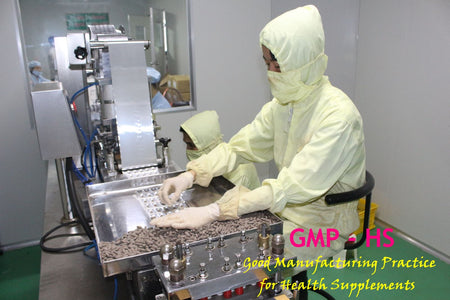How many types of Cordyceps are there? – Which type is good?
Cordyceps – A type of herb that is considered a “miracle drug” because it has many special uses such as: nourishing the body, treating kidney failure, treating diabetes, enhancing vitality, treating degeneration… In fact, there are many types of Cordyceps with different cordycepin content, bringing different health effects. So how many types of Cordyceps are there? Which type of Cordyceps is good?
The following article by NanoFrance will answer all your questions!
There are many different ways to classify Cordyceps: Based on strain; Based on type of cultivation; Based on origin; Based on cultivation method; Based on processing method...
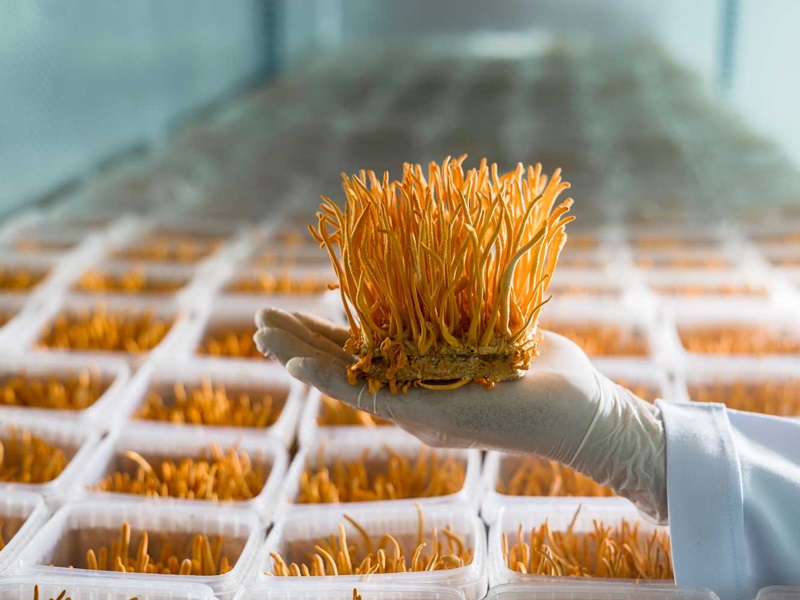
I. Classification of Cordyceps based on cultivation type
Natural Cordyceps and cultured Cordyceps – If classified based on the cultivation method, we will have these 2 types.
For natural cordyceps : Has extremely high content of natural minerals and organic nutrients. They are found in abundance in the Tibetan region. Because they are natural herbs, their quantity is not much, and the price is also relatively high.
Cultivated Cordyceps: In terms of nutritional content, this strain of Cordyceps may be inferior to the “product” grown in the natural environment, but in terms of quantity and ease of purchase, it is much higher. They are often cultured in the laboratory or half-experimented and half-natural.

Natural Cordyceps
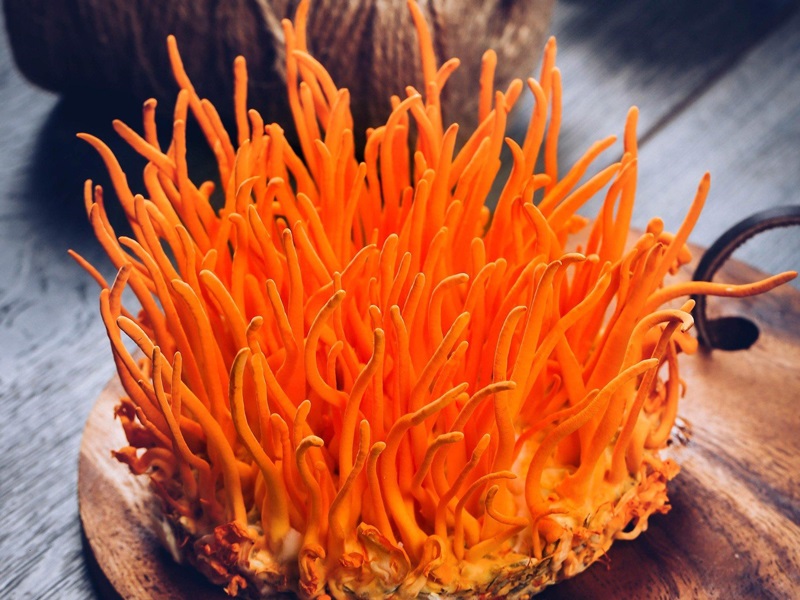
Cultivated Cordyceps
II. How many types of Cordyceps are there? – Classification based on strain
Currently, for Cordyceps cultivation facilities, there are 2 options for strains:
- Cordyceps militaris
- Cordyceps sinensis
Among them, cordyceps militaris is more highly valued due to its higher yield, ease of cultivation, and higher cordycepin content. In addition to the above two strains, there are many other cordyceps strains.
III. If classified by origin, what types of Cordyceps are there?
The “origin” factor we want to emphasize is: Which region or country do they originate from? Currently there are about 400 species of Cordyceps, most of which originate from: Bhutan, China, Nepal, Korea, Thailand, Vietnam.
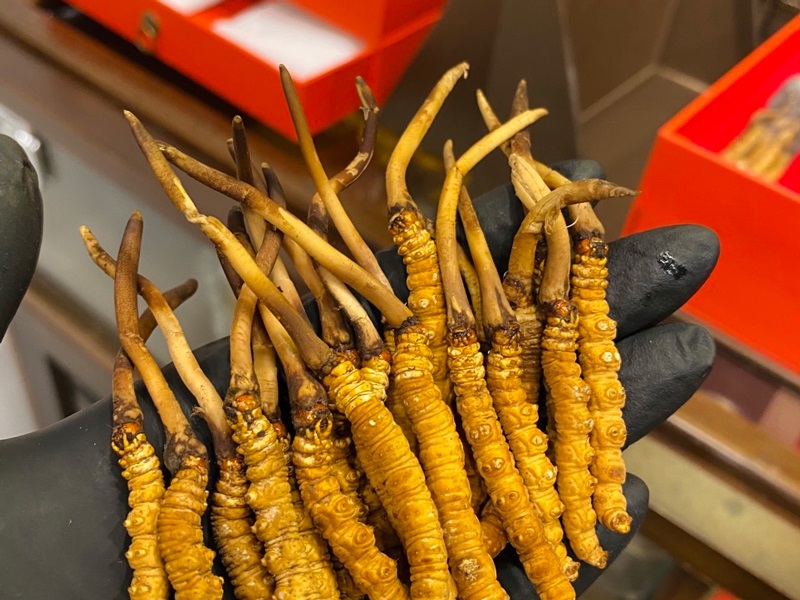
IV. Have you ever heard of whole cordyceps – Cordyceps mushroom?
Surely you have heard of whole cordyceps – cordyceps mushrooms – cordyceps substrate – cordyceps fruiting bodies… They all want to emphasize the cultivation method.
- Cultivation based on individual pupae and silkworms lying underground
- Cultivation of Cordyceps based on a mixture of coconut water and finely ground rice
With the form of cultivating copper coins, we will have whole pupae. As we know: The complete structure of Cordyceps includes: Butterfly larvae - Parasitic fungi. Usable parts include: Whole Cordyceps, larvae, parasitic fungi.
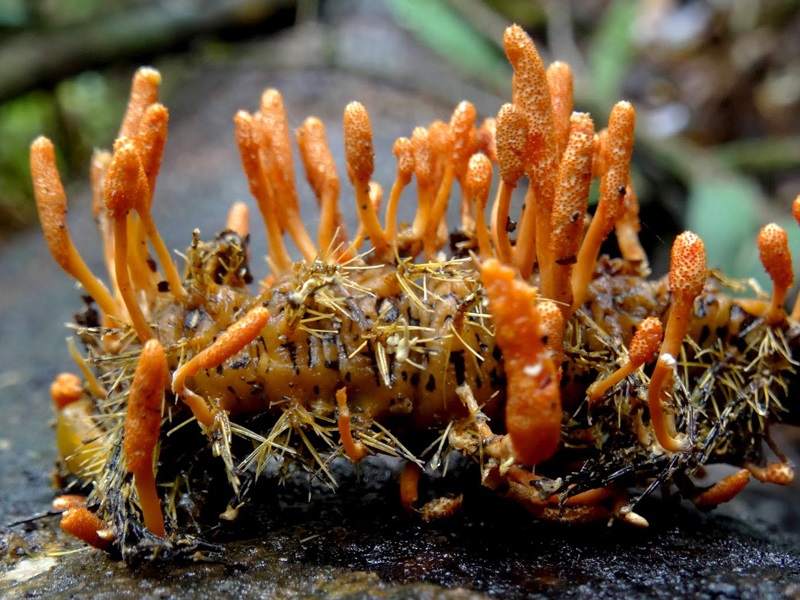
In the second form of cultivation, we will obtain the substrate. However, with this form, only the parasitic fungus can be used. When buying the product, consumers will have 2 options: Buy the fresh substrate or the processed fruiting body (mushroom part).
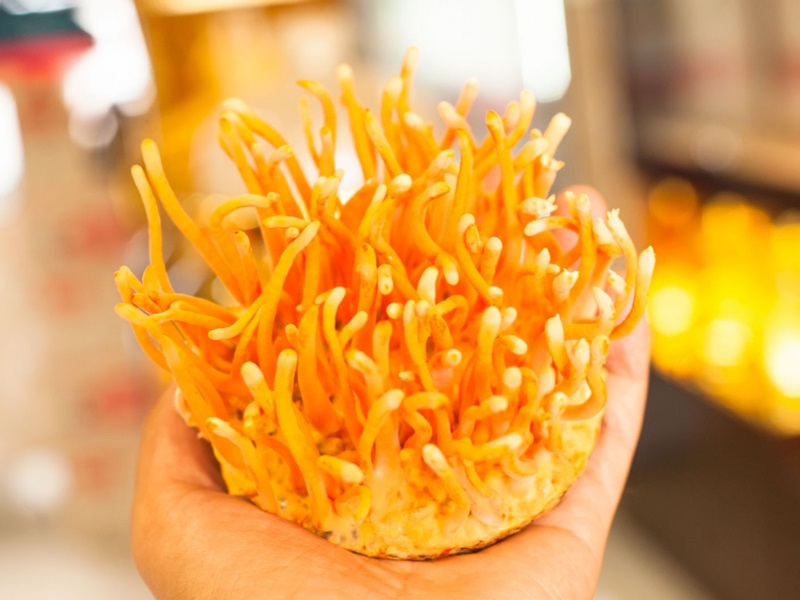
V. Classification based on processing method – How many types of Cordyceps are there?
Currently, Cordyceps is processed into many different types. Each processing method brings its own advantages:
1. Fresh Cordyceps
After being harvested, they are sold directly to the market without any processing or handling. We can easily buy fresh Cordyceps substrate. This type of Cordyceps is often used like fresh mushrooms, used to prepare dishes, soak in wine, etc.
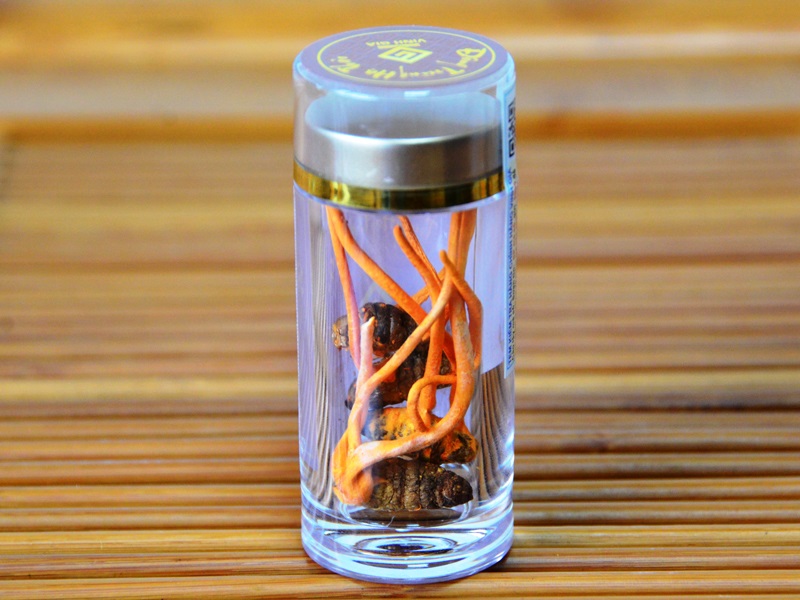
2, How many types of dried Cordyceps are there?
Compared to fresh cordyceps, dried cordyceps has a longer “shelf life” and is easier to preserve. The moisture in fresh cordyceps will be evaporated through convection drying, freeze drying or freeze drying so that the final moisture content is 5%. After being dried, cordyceps can be used to make tea, eat directly, cook, etc.
Currently, the freeze-drying method is more popular because it helps mushrooms retain their shape, color, moisture, flavor, and nutrients.

3. Cordyceps processed into dietary supplements and medical supplements
This is a product group that has been strongly developed in recent years when the uses of Cordyceps are more widely known. They are processed into many dosage forms such as: powder, solution, tablets, capsules... Some of the most prominent Cordyceps product lines:
- Cordyceps capsules
- Cordyceps water
- Milk, Cordyceps powder
…
With this processing method, manufacturers will add some nutrients to the product's ingredients with the aim of increasing the activity of Cordyceps and improving effectiveness.
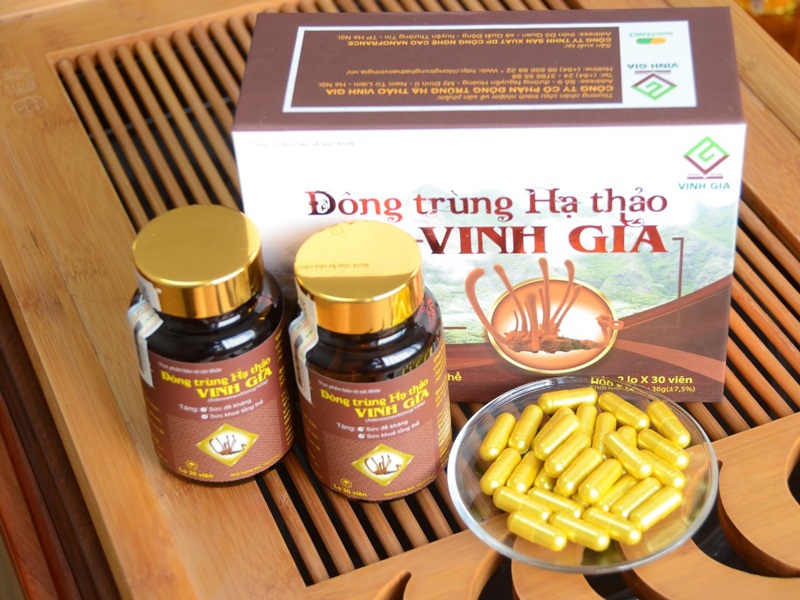
How many types of Cordyceps are there? Hopefully you can find the answer through this article. Currently, NanoFrance is processing and manufacturing Cordyceps into many different forms: Freeze-dried whole fruiting bodies, freeze-dried into powder, pills, liquids, Cordyceps powder drinks, etc.
Do you need to process Cordyceps into high-value products? – Don’t forget to contact us immediately?






